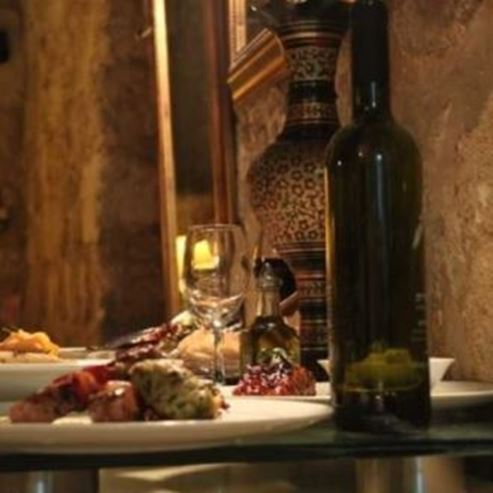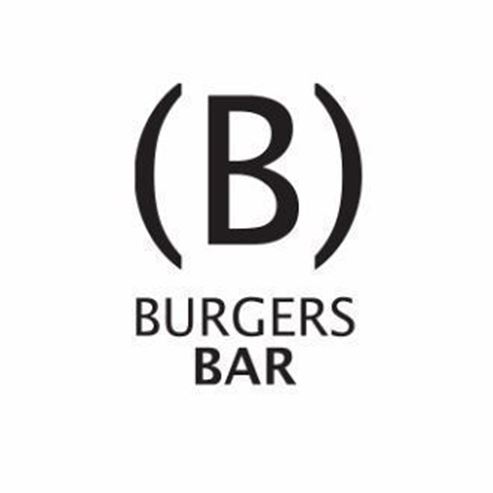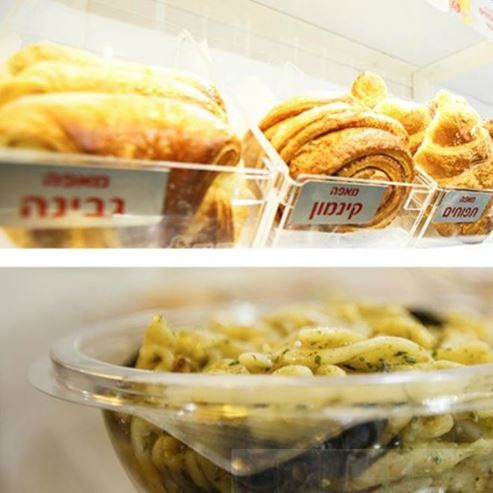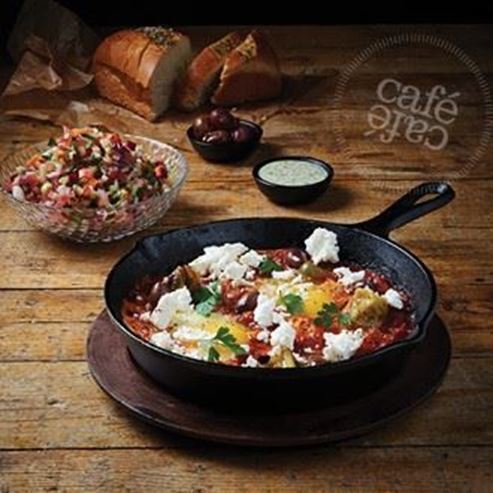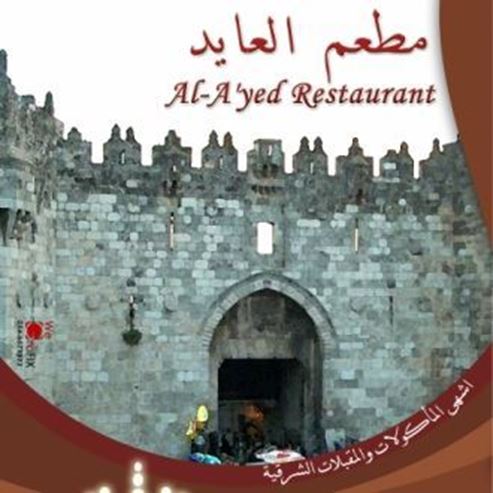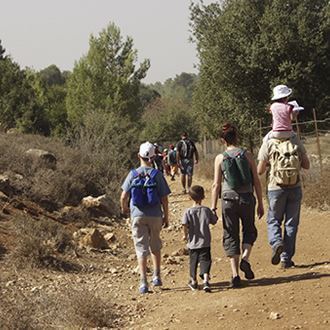The ‘floating path’ at the Spring House
Visit to an archaeological site
A National Park around the walls of Jerusalem - City of David
The Israel Nature and Parks Authority welcomes the public to an exciting tour of the City of David, bringing the Bible to life. A walk through Hezekiah’s tunnel, one of the architectural wonders of the ancient world, is an unforgettable experience.
Main points of interest:
3D representation of the history of the City of David
Residential area from the First Temple period
The Spring House: A light show representing the restoration of the tower and ancient view
The City of David’s ancient water system
Hezekiah’s tunnel - a wet trek through an ancient tunnel
Viewpoints
A lookout balcony at the upper observation point
Israel Nature and Parks Authority activities to improve visitor services and preserve the site
The Authority has set up a parking area and built toilets, changing rooms and a campsite. The Authority has installed signs with illustrations and audio explanations, as well as running regular guided tours of the National Park. The Authority has also set up ‘lookout bridges’ over historical sites at the Spring House.
How to get here:
From within Jerusalem, go to the Dung Gate, opposite which you can turn into Maalot Ir David Road.
Background
The City of David is a small hill, the southern extension of Mt. Moriah. This was the ancient settlement of Jerusalem, from which the historical city developed and grew.
Trip route
1. Upper Observation Point
The tour begins from the entrance lobby (accessible). It starts at the upper observation point, which demonstrates the strategic importance of the hill of the city of Jebus, later known as the City of David. Although surrounded by bigger hills - Mt. Zion, the Temple Mount and the Mount of Olives - these protect the deep channel of the Kidron stream to the east, and the small valley known by the name ‘HaGai’ (the continuation of HaGai St. in the Old City) to the west. At the foot of the hill flows the Gihon spring, which itself was an important aspect of building a settlement on the hill.
The upper observation point sits on the roof of the hall in which the 3D presentation is screened - a 15-minute overview of the history of the City of David. The hall is also accessible.
From the upper observation point you will come back down to the entrance area. An iron grille covers the remains of buildings discovered during excavations, and a staircase leads to these. It might be that in this area there was a Canaanite fortress, and later on the King’s palace, and next to this the ‘upper courtyard’ mentioned in the Bible.
The walking tour leads to a lookout point in a huge supporting wall. The next station is a pavilion at the foot of the wall, which looks over the residential area previously known as area G.
2. Residential area (area G)
From the pavilion you can see the eastern side of the wall of the City of David. At the southern part of the slope, a tower built from large stones can be seen. This is a late tower, from the Hasmonean period. The large, graduated wall above the residential area was probably intended to support buildings above it.
Four pillars, two low and two high, mark the location of the ‘House of Ahiel’ - a house of the ‘four room’ variety typical of the early Israelite period. The house got its name from ostracons (shards of pottery bearing inscriptions) found in it, which bore the name Ahiel.
The eastern half of the house was deconstructed during excavations in order to try to uncover additional findings beneath the floor. Metal bars show the part of the house which has been reconstructed.
A square stone with a round indentation in the middle lies on the right-hand side of Beit Ahiel. This is the toilet. North of this, the ‘burnt room’ was discovered, in which there were remnants of wooden furniture from the time of the First Temple, and dozens of arrowheads, attesting to the fierce battle which took place here against the Babylonians.
In this area, 51 seal impressions (bullae) with biblical names on them were found. One of these bore the name Gemarayahu Ben Shafan. The biblical Gemarayahu was a scribe at the time of King Jehoiakim. It is known that his father Shafan and his son Micaiah were also scribes in the King’s court. These bullae were used to sign official documents, like a wax stamp today.
3. Water system
A 28 m sloped tunnel goes down to a natural chimney, which opens onto the floor of the tunnel. Charles Warren, of the British Palestine Exploration Fund, ascended this shaft in 1867, and since then it has been known as Warren’s Shaft.
Opinions are divided as to what this shaft was used for. Current opinion is that it did not have a specific purpose, and was in fact just a natural chimney. The floor of the Canaanite tunnel was higher up than it is today, and covered the chimney’s opening, such that nobody knew about it. The Canaanite tunnel brought water to the collection pool built outside the Canaanite walls, and separate fortifications protected it.
The Canaanite spring fortress was uncovered in all its glory. These were grand fortifications which protected the Canaanite city’s main water source, as well as that of the city at the time of the Kings of Israel and Judea. Above the archaeological exhibition today is a system of floating paths and innovative illustrations.
The Canaanite tunnel was forgotten for around 1000 years, until in the 8th century BC, when it was deepened and the shaft was discovered. Years went by, the water system was abandoned and the tunnel filled up with dirt. Eventually archaeologists came and uncovered the shaft once more, and examined what it might have been used for.
As the tour continues, it will pass over the Canaanite pool outside the city walls, go down to the remains of the fortifications that protected it, and reach a rock surface. The Gihon spring flows at the foot of this surface, but here is hidden from view. Guides like to have fun with the idea that Solomon was crowned on this rock. For this they rely on the biblical verse which describes the ceremony: “And they caused Solomon to ride upon king David’s mule, and brought him to Gihon.”
The Gihon flows outside of the walls of the City of David, and in times of war it was a dangerous weak spot. In order to solve this problem, Hezekiah devised an impressive water system to transport the water from the spring through an underground tunnel to the collection pool within the city limits, which is the Pool of Siloam. Hezekiah’s men dug a tunnel 536 m long. This was an outstanding feat of engineering, especially when you take into account that the difference in height between the spring and the pool is just 33 cm. According to the biblical description and an inscription found inside the tunnel, the stonemasons dug towards each other, and this fact makes the extent of the achievement even more impressive.
Next to the source of the spring, you can go through a tunnel and walk right to the Pool of Siloam. The water is cold and reaches a maximum height of 70 cm. The walk through the tunnel takes around 20 minutes.
The Pool of Siloam can be reached in two other (dry) ways: one way is the ‘Cannanite canal’, which seems to have brought water to a collection pool in the south of the city, and to the farming lots by the Kidron stream. Part of the canal is a hewn tunnel and another part was built from large stones (Hezekiah’s tunnel drained water from the Canaanite tunnel and removed it from use). The other way is to walk along the promenade and reach the Pool of Siloam overground. The part of the Pool of Siloam that can be seen today was built at the time of the Second Temple, as was the part of the paved road that led down to the pool from the Temple Mount area via ‘HaGai’.
This is where the tour ends. You can return to the site entrance via the paved road.
- Type
- Hiking
- Region
- Jerusalem Area
- Locality
- Jerusalem
- Length
- About a kilometer
- Duration
- About 2 Hours
- Recommended season
- Spring, Summer, Autumn, Winter
- Starting point
- Old City of Jerusalem (map)
- Ending point
- Old City of Jerusalem (map)
- Special equipment
- Walking shoes in water
- Precautions
- Careful down the stairs
- Parking
- Parking
- Accessibility
- Accessible
- Circular
- Circular
- Drinkable water
- Drinkable water
- Suitable for children
- Suitable for children
- Picnic suitable
- Picnic suitable
- Phone
- +972-2-6232191
Similar trails
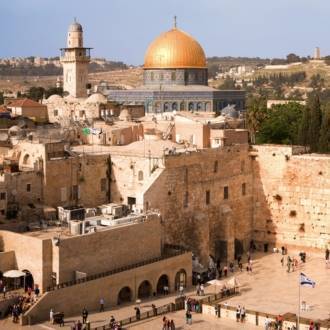
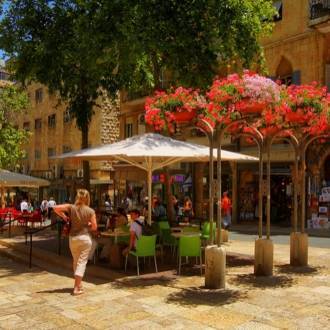
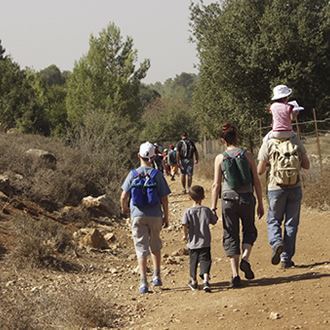
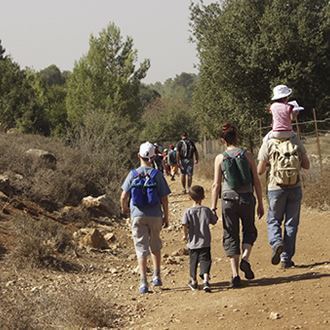
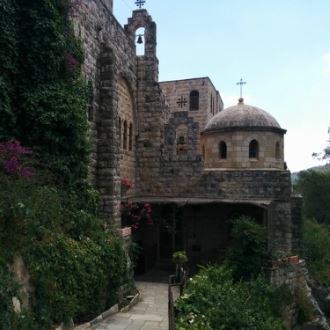
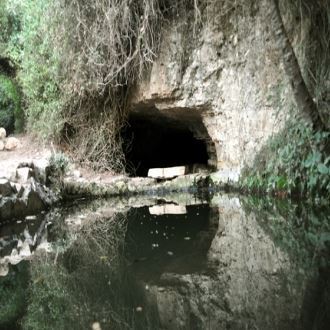
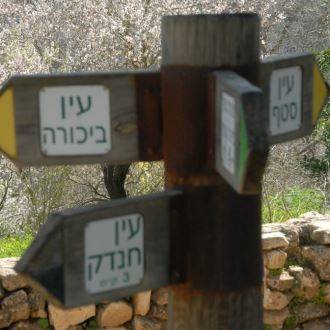
Nearby attractions
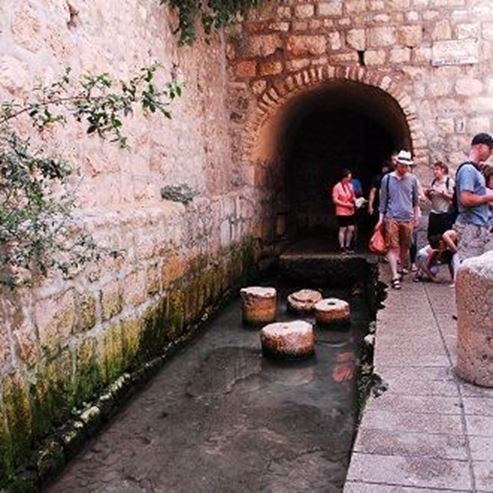
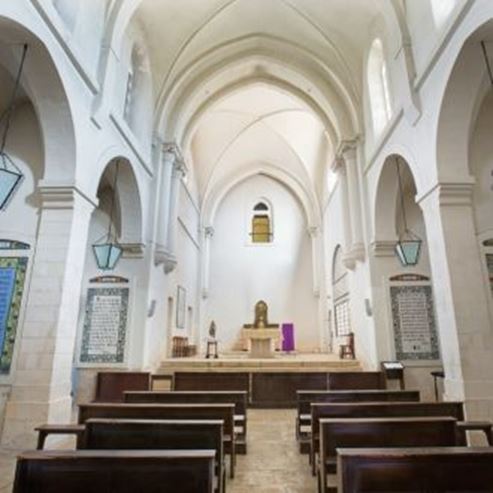
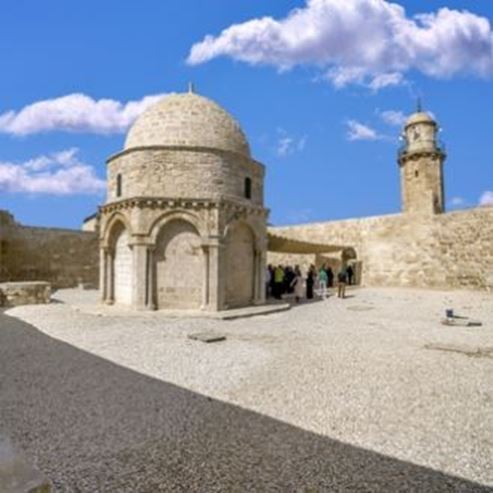
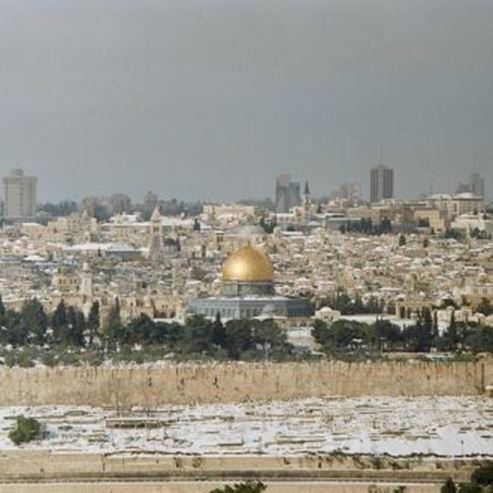
Mount of Olives (Har Ha-Zeitim) Observation Point
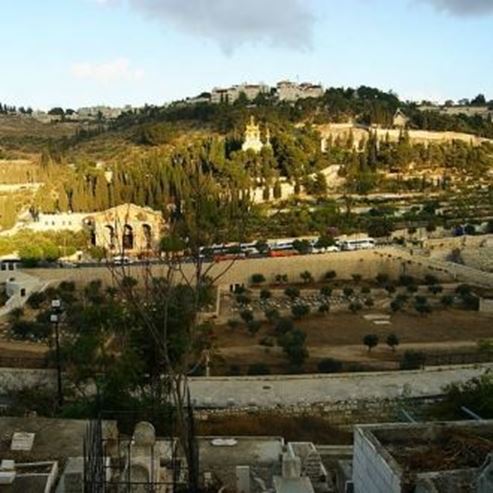
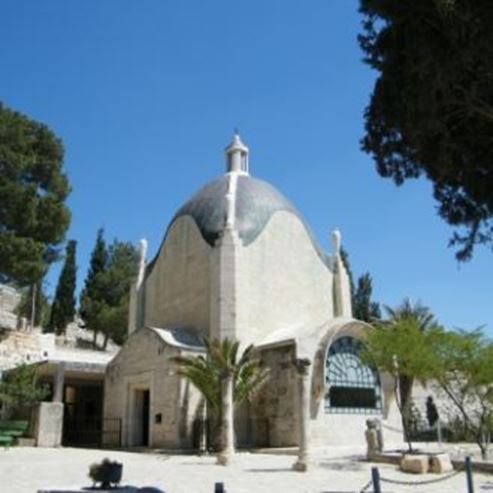
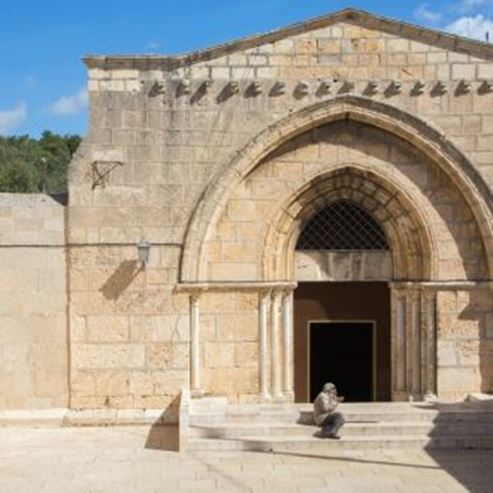
Nearby restaurants
